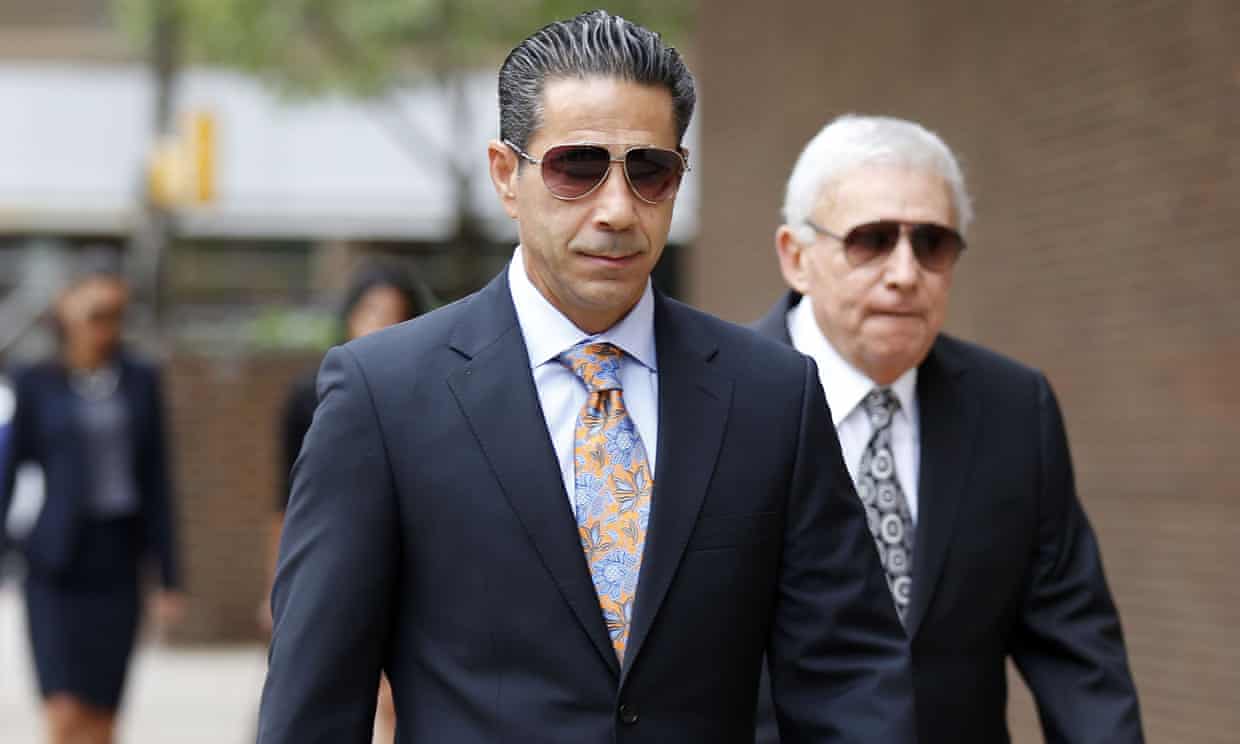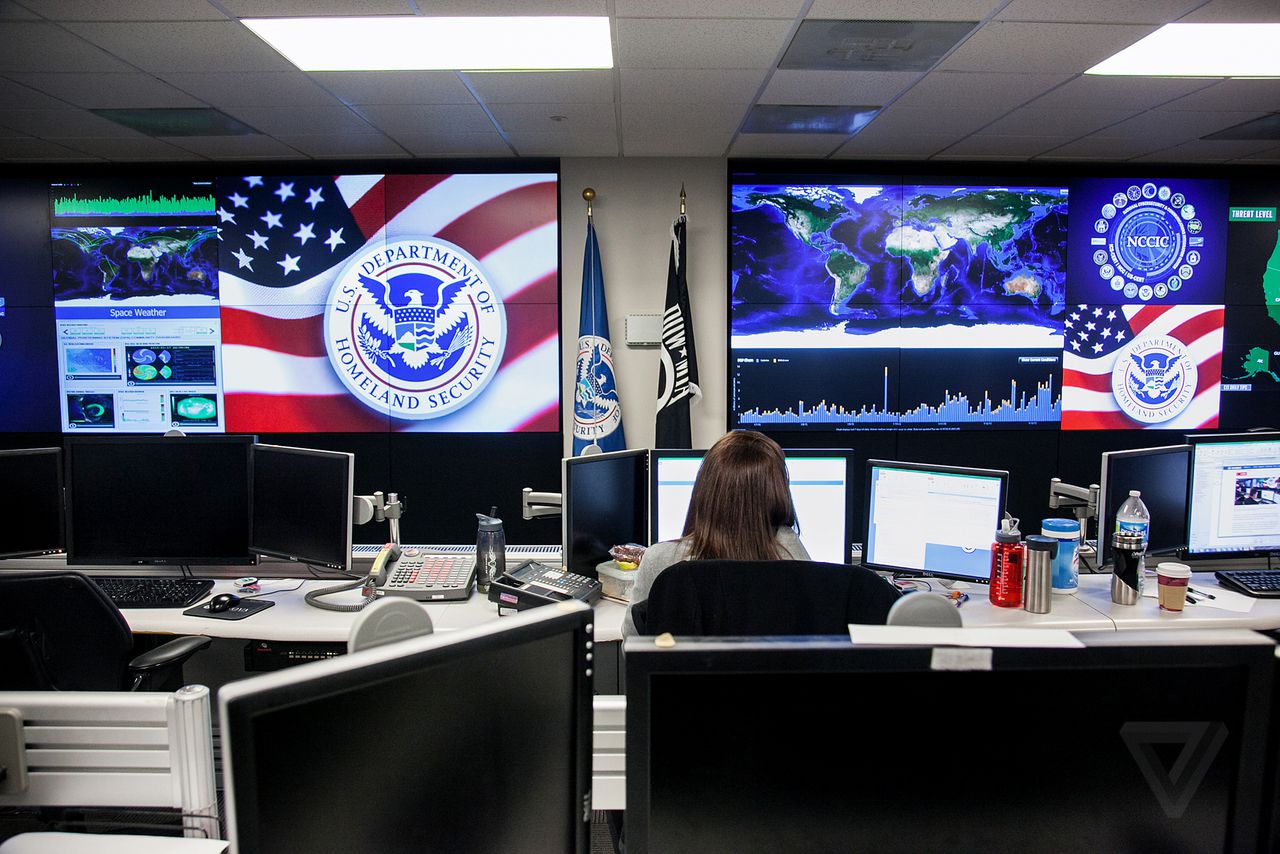





Sylville Smith was fatally shot by police in Milwaukee, Wisconsin, leading to riots in the city’s North Side. (Facebook)
A 23-year-old black man armed with a stolen gun was fatally shot Saturday afternoon by police in Milwaukee during a foot pursuit, authorities say.
The man has been identified as Sylville Smith, police said. Smith was shot in the chest and arm, Milwaukee Mayor Tom Barrett said.
He fled from a car during a traffic stop Saturday about 2:30 p.m. in the Wisconsin city’s North Side, police said in a press release. He was chased by two officers and was shot during the foot pursuit, according to police.
Peaceful protests turned to violent unrest Saturday night. One police officer was hospitalized after a brick was thrown through his windshield. Three others were hospitalized with unspecified injuries, but all were released by Sunday morning. Six buildings and several vehicles were burned, including a police car. Seventeen arrests were made, officials said.
The scene was calm Sunday morning, with community members gathering to cleanup and hold a prayer service. Governor Scott Walker activated the state’s National Guard as a precaution. They will be available to assist police Sunday if needed.
The investigation into the shooting is being conducted by the Wisconsin Department of Justice’s Division of Criminal Investigation. The Milwaukee County District Attorney’s Office will then review the findings of that investigation.
The officer who shot Smith has been placed on administrative leave. His name has not been released, but police say he is a 24-year-old man who has been with the department for six years. He has worked as an officer for three years.
The officer is black, Police Chief Edward Flynn said Sunday at a press conference.
1. The Officers at the Scene of the Shooting Were Wearing Body Cameras, the Mayor Says
Milwaukee Police say the incident began when two uniformed officers stopped a car with two people inside in the 3200 block of North 44th Street about 3:30 p.m. Saturday.
“Shortly after stopping the suspects, both occupants fled from the car on foot. The officers pursued the suspects, and during the foot pursuit one officer shot one suspect, armed with a semiautomatic handgun,” police said in a press release.”
Sylville Smith died at the scene, police said.
The shooting happened in a yard in the 3200 block of North 44th Street, police said.
Police said the other suspect, who has not been named, was taken into custody and is facing charges.
Mayor Tom Barrett said the two officers involved in the chase and shooting were wearing body cameras, WISN-TV reports. The cameras were operational, Barrett said.
He said the officer ordered the man to drop his gun twice and then fired several times when he refused. Barrett said a photo from the body camera clearly shows Smith had the gun in his hand when he was killed.
2. A Loaded Gun Stolen From a Home During a Burglary Was Found After the Shooting
Police said the semiautomatic handgun recovered at the scene was stolen in a burglary from a home in Waukesha, Wisconsin, in March 2016. The burglary victim said 500 rounds of ammunition were also taken.
Mayor Tom Barrett told reporters the gun was loaded, according to The Associated Press.
“This stop took place because two officers … saw suspicious activity,” Barrett said. “There were 23 rounds in that gun that that officer was staring at. I want to make sure we don’t lose any police officers in this community, either.”
Milwaukee Police Assistant Chief Bill Jessup told the Journal Sentinel it has not been determined if the gun was pointed at the officer or if shots were fired by the suspect.
“That officer had to make a split-second decision when the person confronted him with a handgun,” Jessup said. “This is a risk they take every day on behalf of our community.”
The shooting came after five fatal shootings during a nine-hour stretch from Friday night to Saturday morning. It occurred just blocks from three of those homicides, police told the Journal Sentinel.
“As everyone knows, this was a very, very violent 24 hours in the city of Milwaukee,” Jessup said. “Our officers are out here taking risks on behalf of the community and making split-second decisions.”
3. Smith’s Criminal Record, Which Police Called ‘Lengthy,’ Included a Misdemeanor Conviction for Carrying a Concealed Weapon & Traffic Offenses
Police said in a press release that the 23-year-old man who was fatally shot had a “lengthy arrest record.”
A search of Wisconsin court records revealed several arrests, but only one misdemeanor conviction for Sylville Smith. His record also included traffic offenses. No felony convictions were found.
The misdemeanor conviction, for carrying a concealed weapon, came in July 2014. He pleaded guilty to the charge and was fined $443 and ordered to serve one day in jail.
His record also included guilty findings on traffic offenses for speeding, operating a motor vehicle without insurance, possession of open intoxicants in a motor vehicle and operating a motor vehicle with a suspended license.
Smith was arrested in 2015 on a charge of intimidating a witness by a person charged with a felony, which is itself a felony offense. The case was dropped later that year by the prosecutor.
He was also charged with first-degree recklessly endangering safety, a felony, and misdemeanor possession of THC earlier in 2015. Those charges were dismissed by a judge based on a motion by the defense.
According to the Journal Sentinel, both cases stemmed from a February 2015 shooting in which he was a suspect.
Smith was accused of calling his girlfriend from jail to tell her to call the victim in the shooting case to get him to fill out a sworn affidavit saying Smith didn’t commit the crime, according to court documents obtained by the Journal Sentinel.
The victim recanted his identification of Smith and the case was dropped after the victim did not show up to court and was uncooperative, the newspaper reports.
In 2013, Smith was charged with retail theft, but that case as also dropped by the prosecutor. Go here for more details, facts and videos from Heavy.


 Joseph ‘Skinny Joey’ Merlino pictured in 2014. The alleged head of the Philadelphia mob was named in a federal indictment on Thursday charged with a range of crimes including extortion and fraud. Photograph: Yong Kim/AP
Joseph ‘Skinny Joey’ Merlino pictured in 2014. The alleged head of the Philadelphia mob was named in a federal indictment on Thursday charged with a range of crimes including extortion and fraud. Photograph: Yong Kim/AP


